Our teeth are very important to our health and general well-being. We use our teeth to eat, to speak, and of course we display them when we smile which is a vitally important human interaction. People often hide their smile, or refrain from smiling when they are unhappy with their teeth. We at Hampden House Dental Centre love nothing more than helping you improve your teeth so you can smile as often and as freely as you wish.
Modern aesthetic/cosmetic dentistry involves careful smile designing. This means we take photos of your teeth, mouth, and your whole face in order to assess what you have and plan what changes will improve the appearance of your teeth. The display when you smile is made up of teeth, gums and space, all 3 must be carefully considered in the planning of your new smile.
Sometimes a smile design if more straightforward and may involve tooth whitening and composite bonding, or veneers.
Other time we may incorporate, tooth alignment with orthodontics or gum surgery to help you achieve the best smile possible.
If you are considering this type of dentistry, it is best to have a consultation. This usually involves a discussion, taking photographs, scans, or impressions of your teeth and sometimes radiographs. Once we have carefully assessed everything there are often several options for you to consider and we will provide the one which suits you best.



Some of the services we use to help you achieve a great smile include:
• Teeth whitening
Teeth whitening can be completed in-chair by your dentist, or at home using special custom trays made to fit your teeth. Please speak to us at your dental examination/consult appointment for more information on which may be more suitable for you.
• Implants
• Veneers:
A tooth-coloured veneer is fabricated outside the mouth, often in a Dental Laboratory and then bonded to your tooth. These are usually made to improve the appearance of the teeth and hence the smile. They are strong and durable restorations. They are made from a ceramic material. Unlike natural teeth, ceramic will not change colour over time. The shade of your veneer will be carefully selected with input from your clinician and you. Yu may wish to match the shade of the adjacent teeth, or you may be having veneers placed on all front teeth and selecting a lighter brighter shade. Since it is made outside the mouth it can be designed optimally to create the ideal anatomy.
What to expect:
Your dentist may use local anaesthetic beside the tooth to ensure you are comfortable. The dentist will then shape your tooth as required for the veneer. This may involve removing some of your enamel, or previous restorations. An impression or 3D scan will be taken and a temporary veneer may be inserted. Once your final restoration has been fabricated it will be inserted and bonded to your tooth.
• Clear Aligners (Orthodontics)
• Crowns: A crown is a restoration which is placed to cover and protect your tooth. There are several situations when a crown may be indicated for your tooth, including but not limited to; following root canal therapy, if it has a large filling, a crack, is short and badly broken down, is discoloured.
A crown can be made of various materials including acrylic resin, ceramic, porcelain fused-to-metal, gold, other precious/semi-precious metals. The material which is selected will be based on the strength required, the amount of space available for the restoration and aesthetic requirements. Costs may also be considered as some materials will attract a higher fee.
What to expect
Your tooth will be carefully prepared, often this entails making a groove around the neck of the tooth (the margin) and a general reduction in size. This will be as conservative as possible and may include removal of existing restorations and tooth structure. It is important the dentist makes space for the crown to fit on top of your tooth. If you have an old filling it may need to be totally removed prior to the preparation. Local anaesthetic is often used. Once your tooth has been prepared, impressions or scans will be taken to record the tooth preparation. A crown will be made to fit this preparation. It may take up to 2 weeks to fabricate your crown. A temporary crown will often be made in the interim period. Once your final crown is ready the temporary will be removed, the tooth will be cleaned, and the final crown will be bonded to your tooth. It may be necessary to avoid chewing on the new crown for up to 24 hours.
• Bridges
A bridge is a type of restoration which is used to replace missing teeth. It uses a tooth/teeth either side of the missing teeth to act as anchors (abutments). There are two main types of bridge:
1) A conventional bridge is composed of one or more crowns, and one or more pontics. The pontic is the part which replaces the missing teeth, whilst the crowns are placed over the teeth which are present at either side of the gap (the abutments).
2) A resin-bonded bridge is similar, however, instead of having full crowns to support the missing tooth/teeth, there may be little or no preparation to the adjacent teeth and instead the bridge pontics are held to these teeth by bonding of small wings or extensions which wrap around the tooth/teeth. This may also be referred to as a Maryland bridge.
Number of units
A bridge can be thought of as multiple dental crowns which are fused together.
– A 2-unit bridge for example, means one crown/abutment, and one pontic. It can be used to replace one missing tooth.
– A 3-unit bridge will usually involve a crown/abutment on either side of one missing tooth.
– A 4-unit bridge may be used to replace 2 missing teeth. It may have a crown/abutment on each side and two pontics in the middle replacing the missing teeth.
Please note there are various combinations of crowns/abutments and pontics used in designing dental bridges. This will depend on the unique situation for each person.
Materials
A bridge can be made of various materials including acrylic resin, ceramic, porcelain fused-to-metal, gold, other precious/semi-precious metals. The material which is selected will be based on the strength required, the amount of space available for the restoration and aesthetic requirements. Costs may also be considered as some materials will attract a higher fee.
Alternative treatment options
• No replacement, accept the missing tooth/gap
• A partial denture
• A dental implant
What to expect: Conventional bridge
The teeth beside the missing tooth/teeth will be carefully prepared, often this entails making a groove around the neck of the tooth (the margin) and a general reduction in size. This will be as conservative as possible and may include removal of existing restorations and tooth structure. It is important the dentist makes space for the bridge to fit on top of your tooth/teeth. If you have an old filling it may need to be totally removed prior to the preparation. Local anaesthetic is often used. Once your tooth/teeth has been prepared, impressions or scans will be taken to record the preparation. A bridge will be made to fit this preparation. It may take up to 3 weeks to fabricate your bridge. A temporary crown/bridge will often be made in the interim period. Once your final bridge is ready the temporary will be removed, the tooth will be cleaned, and the final bridge will be bonded to your tooth/teeth. It may be necessary to avoid chewing on the new bridge for up to 24 hours.
What to expect: Resin-bonded/Maryland bridge
• This type of bridge involves little or no tooth preparation. Impressions or scans will be taken and sent to the laboratory and your bridge will be fabricated for your insert appointment. You may or may not require local anaesthetic. The key benefit to resin-bonded bridges are there conservative nature.
• Periodontal (gum) treatments – this links to the page titled “periodontal health”
Some of the services we use to help you achieve a great smile include:
- Teeth whitening
- Implants
- Veneers
- Clear Aligners
- Crowns
- Bridges
- Periodontal (gum) treatments
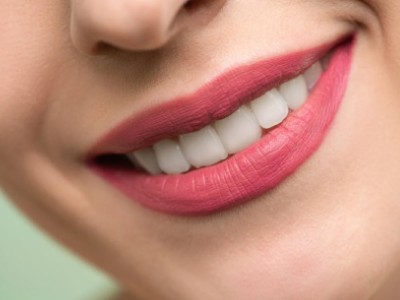 Teeth whitening can be completed in-chair by your dentist, or at home using special custom trays made to fit your teeth. Please speak to us at your dental examination/consult appointment for more information on which may be more suitable for you.
Teeth whitening can be completed in-chair by your dentist, or at home using special custom trays made to fit your teeth. Please speak to us at your dental examination/consult appointment for more information on which may be more suitable for you.
 Implants are an excellent way to replace hopeless or missing teeth. Implants are used hand in hand with prosthodontics to provide a range of dental solutions. In broad terms these may be fixed ore removable prosthodontics.
Implants are an excellent way to replace hopeless or missing teeth. Implants are used hand in hand with prosthodontics to provide a range of dental solutions. In broad terms these may be fixed ore removable prosthodontics.
 A tooth-coloured veneer is fabricated outside the mouth, often in a Dental Laboratory and then bonded to your tooth. These are usually made to improve the appearance of the teeth and hence the smile. They are strong and durable restorations. They are made from a ceramic material. Unlike natural teeth, ceramic will not change colour over time. The shade of your veneer will be carefully selected with input from your clinician and you. Yu may wish to match the shade of the adjacent teeth, or you may be having veneers placed on all front teeth and selecting a lighter brighter shade. Since it is made outside the mouth it can be designed optimally to create the ideal anatomy.
A tooth-coloured veneer is fabricated outside the mouth, often in a Dental Laboratory and then bonded to your tooth. These are usually made to improve the appearance of the teeth and hence the smile. They are strong and durable restorations. They are made from a ceramic material. Unlike natural teeth, ceramic will not change colour over time. The shade of your veneer will be carefully selected with input from your clinician and you. Yu may wish to match the shade of the adjacent teeth, or you may be having veneers placed on all front teeth and selecting a lighter brighter shade. Since it is made outside the mouth it can be designed optimally to create the ideal anatomy.
What to expect:
Your dentist may use local anaesthetic beside the tooth to ensure you are comfortable. The dentist will then shape your tooth as required for the veneer. This may involve removing some of your enamel, or previous restorations. An impression or 3D scan will be taken and a temporary veneer may be inserted. Once your final restoration has been fabricated it will be inserted and bonded to your tooth.
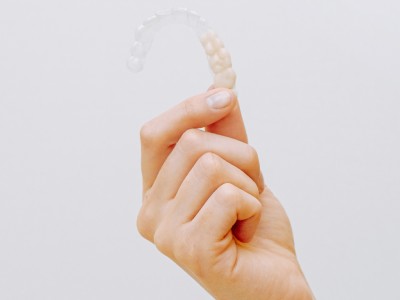 We offer Reveal aligner treatment. Aligners are a fantastic way to achieve an improved smile by straightening your teeth. They can also be used as part of other treatment such as with veneers to really achieve a full smile makeover.
We offer Reveal aligner treatment. Aligners are a fantastic way to achieve an improved smile by straightening your teeth. They can also be used as part of other treatment such as with veneers to really achieve a full smile makeover.
 A crown is a restoration which is placed to cover and protect your tooth. There are several situations when a crown may be indicated for your tooth, including but not limited to; following root canal therapy, if it has a large filling, a crack, is short and badly broken down, is discoloured.
A crown is a restoration which is placed to cover and protect your tooth. There are several situations when a crown may be indicated for your tooth, including but not limited to; following root canal therapy, if it has a large filling, a crack, is short and badly broken down, is discoloured.
A crown can be made of various materials including acrylic resin, ceramic, porcelain fused-to-metal, gold, other precious/semi-precious metals. The material which is selected will be based on the strength required, the amount of space available for the restoration and aesthetic requirements. Costs may also be considered as some materials will attract a higher fee.
What to expect
Your tooth will be carefully prepared, often this entails making a groove around the neck of the tooth (the margin) and a general reduction in size. This will be as conservative as possible and may include removal of existing restorations and tooth structure. It is important the dentist makes space for the crown to fit on top of your tooth. If you have an old filling it may need to be totally removed prior to the preparation. Local anaesthetic is often used. Once your tooth has been prepared, impressions or scans will be taken to record the tooth preparation. A crown will be made to fit this preparation. It may take up to 2 weeks to fabricate your crown. A temporary crown will often be made in the interim period. Once your final crown is ready the temporary will be removed, the tooth will be cleaned, and the final crown will be bonded to your tooth. It may be necessary to avoid chewing on the new crown for up to 24 hours.
 A bridge is a type of restoration which is used to replace missing teeth. It uses a tooth/teeth either side of the missing teeth to act as anchors (abutments). There are two main types of bridge:
A bridge is a type of restoration which is used to replace missing teeth. It uses a tooth/teeth either side of the missing teeth to act as anchors (abutments). There are two main types of bridge:
1) A conventional bridge is composed of one or more crowns, and one or more pontics. The pontic is the part which replaces the missing teeth, whilst the crowns are placed over the teeth which are present at either side of the gap (the abutments).
2) A resin-bonded bridge is similar, however, instead of having full crowns to support the missing tooth/teeth, there may be little or no preparation to the adjacent teeth and instead the bridge pontics are held to these teeth by bonding of small wings or extensions which wrap around the tooth/teeth. This may also be referred to as a Maryland bridge.
Number of units
A bridge can be thought of as multiple dental crowns which are fused together.
– A 2-unit bridge for example, means one crown/abutment, and one pontic. It can be used to replace one missing tooth.
– A 3-unit bridge will usually involve a crown/abutment on either side of one missing tooth.
– A 4-unit bridge may be used to replace 2 missing teeth. It may have a crown/abutment on each side and two pontics in the middle replacing the missing teeth.
Please note there are various combinations of crowns/abutments and pontics used in designing dental bridges. This will depend on the unique situation for each person.
Materials
A bridge can be made of various materials including acrylic resin, ceramic, porcelain fused-to-metal, gold, other precious/semi-precious metals. The material which is selected will be based on the strength required, the amount of space available for the restoration and aesthetic requirements. Costs may also be considered as some materials will attract a higher fee.
Alternative treatment options
• No replacement, accept the missing tooth/gap
• A partial denture
• A dental implant
What to expect: Conventional bridge
The teeth beside the missing tooth/teeth will be carefully prepared, often this entails making a groove around the neck of the tooth (the margin) and a general reduction in size. This will be as conservative as possible and may include removal of existing restorations and tooth structure. It is important the dentist makes space for the bridge to fit on top of your tooth/teeth. If you have an old filling it may need to be totally removed prior to the preparation. Local anaesthetic is often used. Once your tooth/teeth has been prepared, impressions or scans will be taken to record the preparation. A bridge will be made to fit this preparation. It may take up to 3 weeks to fabricate your bridge. A temporary crown/bridge will often be made in the interim period. Once your final bridge is ready the temporary will be removed, the tooth will be cleaned, and the final bridge will be bonded to your tooth/teeth. It may be necessary to avoid chewing on the new bridge for up to 24 hours.
What to expect: Resin-bonded/Maryland bridge
• This type of bridge involves little or no tooth preparation. Impressions or scans will be taken and sent to the laboratory and your bridge will be fabricated for your insert appointment. You may or may not require local anaesthetic. The key benefit to resin-bonded bridges are there conservative nature.
 The periodontal structures are the tissues which hold your teeth in place, i.e. the bone and the gums. Periodontal disease causes the breakdown of these structures and results in loose teeth and eventually tooth loss. It can also cause bad breath and bleeding gums. Periodontal disease has a strong correlation to heart disease, meaning people with periodontal disease are at a higher risk of heart disease such as stroke. A direct cause and effect relationship has not been shown.
The periodontal structures are the tissues which hold your teeth in place, i.e. the bone and the gums. Periodontal disease causes the breakdown of these structures and results in loose teeth and eventually tooth loss. It can also cause bad breath and bleeding gums. Periodontal disease has a strong correlation to heart disease, meaning people with periodontal disease are at a higher risk of heart disease such as stroke. A direct cause and effect relationship has not been shown.
Recent Articles
Be proud of your smile
We take great care of your smile, and all of our dentists are experts in their professions. Explore our list of services below or get in touch with us to schedule a consultation.

Tooth Wear
Tooth wear is the loss of tooth structure which can occur through erosion

Clear Aligners
We offer Reveal aligner treatment. Aligners are a fantastic way to achieve
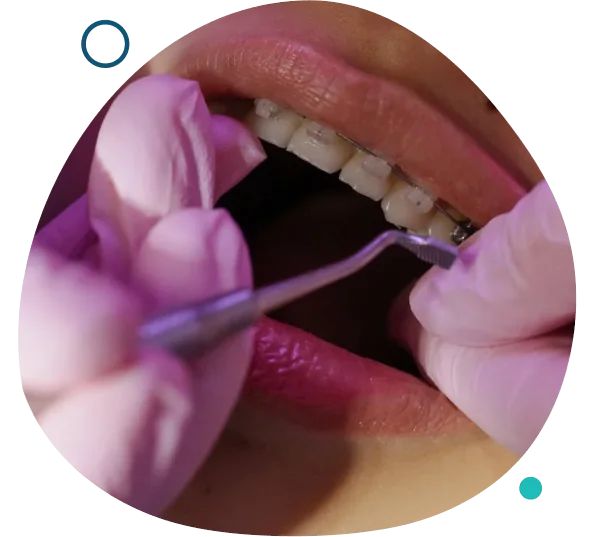
Aesthetic (Cosmetic), Restorative Dentistry
Our teeth are very important to our health and general well-being.
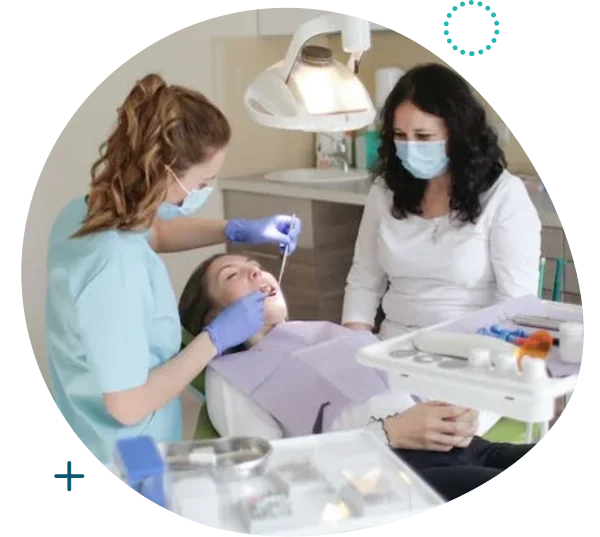
Periodontal health
The periodontal structures are the tissues which hold your teeth in place, i.e. the bone
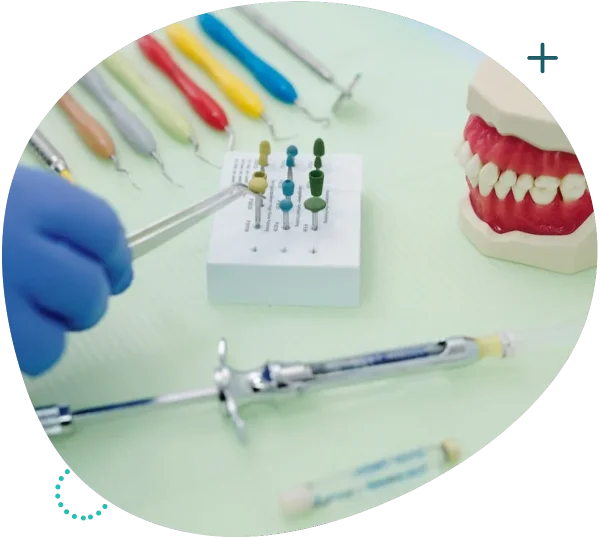
Dental Materials
The science of biomaterials has provided us with a range of fantastic materials to restore

Family Dentistry
Hampden House Dental Centre welcomes people of all ages. We love to meet

Sedation and Relaxation in Dentistry
We at Hampden House Dental Centre recognise that not everybody feels
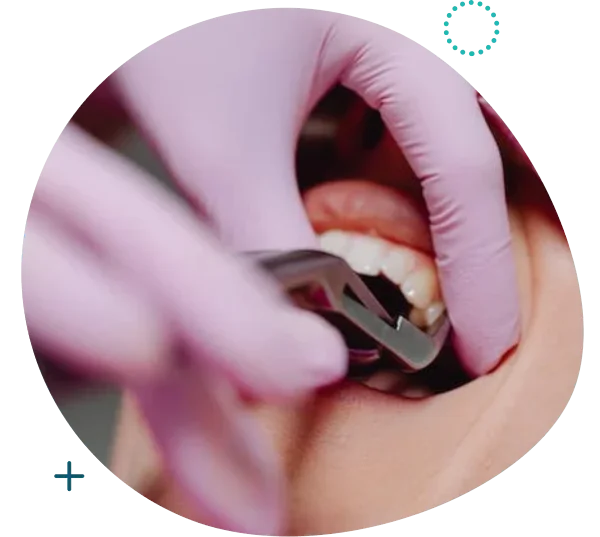
Implants
Implants are an excellent way to replace hopeless or missing teeth.
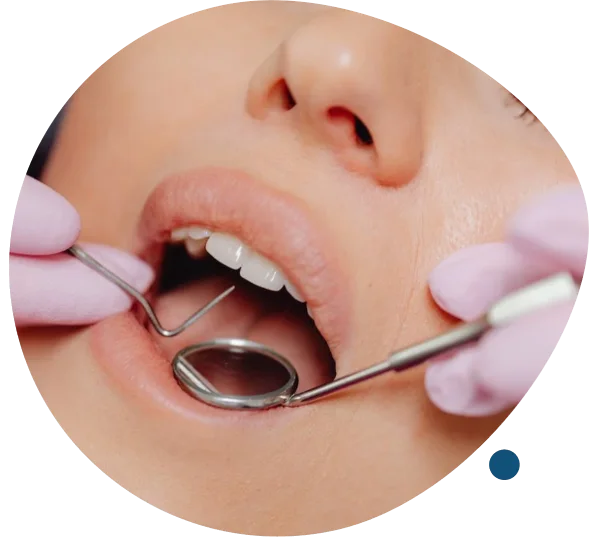
Fixed Prosthodontics
Fixed Prosthodontics means it is fixed in your mouth. This includes veneers
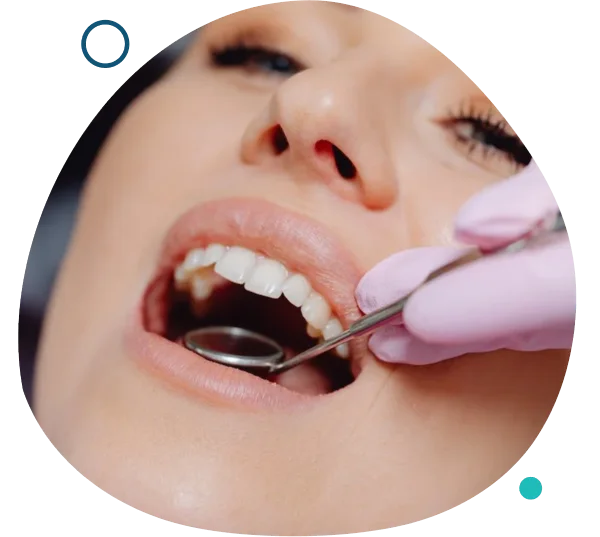
Removable Prosthodontics
Removable Prosthodontics means you can take them out, usually at night. Dentures






